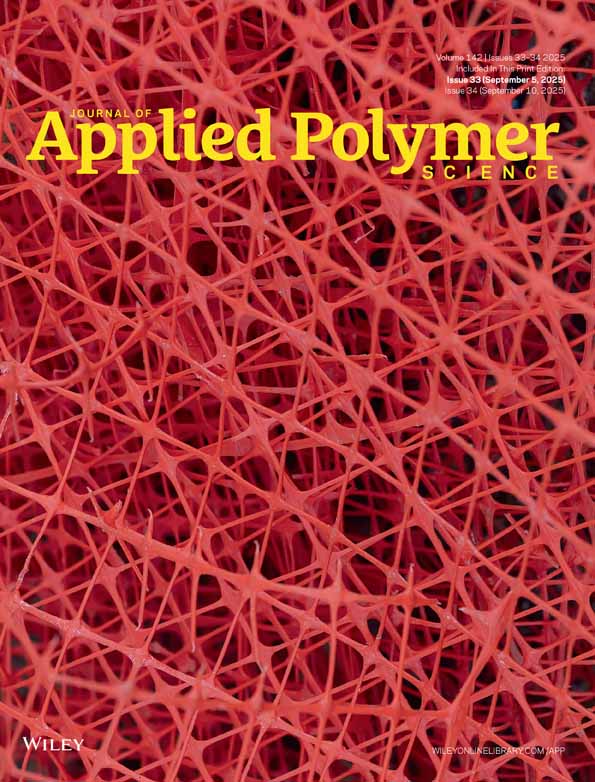Mixed matrix membranes based on 3-aminopropyltriethoxysilane endcapped polyimides and silicalite-1
Abstract
To improve membrane permeability and the quality of the polymer-zeolite interface such that the separation factor is maintained or enhanced, we adopted a novel approach to the preparation of mixed matrix membranes (MMMs). Our approach involved endcapping polyamic acid (PAA) with the coupling agent 3-aminopropyltriethoxysilane (APTES) and then bonding the endcapped polyimide (PI) to silicalite-1. The APTES-endcapped polyimide precursors reacted with silanol groups on the silicalite-1 surface and were transformed into the final polyimide (PI) matrices. Five precursors were used to create five series of MMMs; each series contained membranes with a content of silicalite-1 ranging from 0 to 50 wt %. The helium permeability coefficient of the membranes was measured and found to be dependent on both the amount of filler and type of PI matrix. In the most permeable series, helium permeability coefficient increased from 16.3 × 10−15 mol m−1 s−1 Pa−1 for unfilled membranes to 69.1 × 10−15 mol m−1 s−1 Pa−1 for membranes containing 30 wt % silicalite-1. The ideal helium/nitrogen separation factor ranged between 22 and 45. Thus, it seems that our novel approach improves the interfacial adhesion of MMMs. © 2012 Wiley Periodicals, Inc. J Appl Polym Sci, 2012




